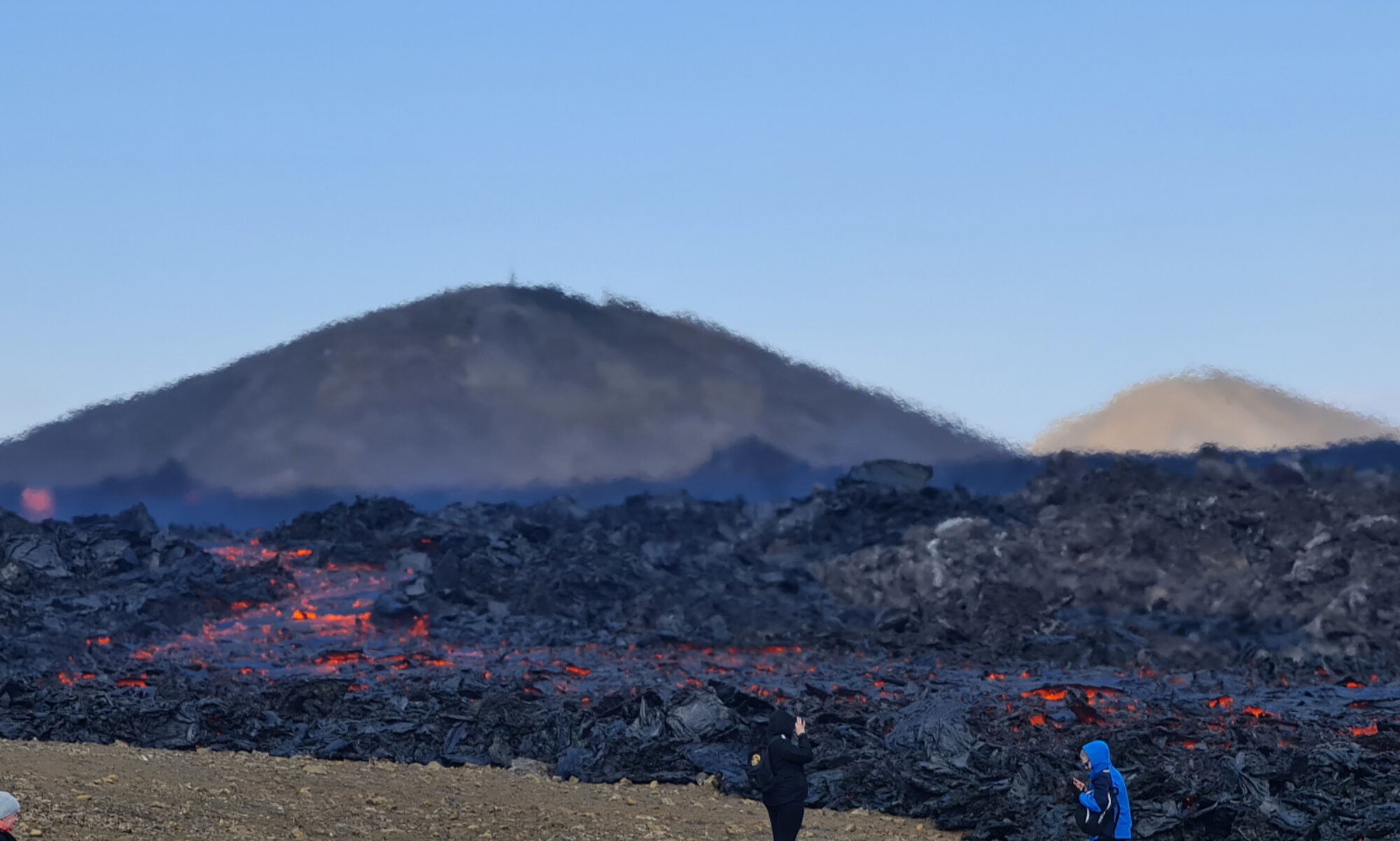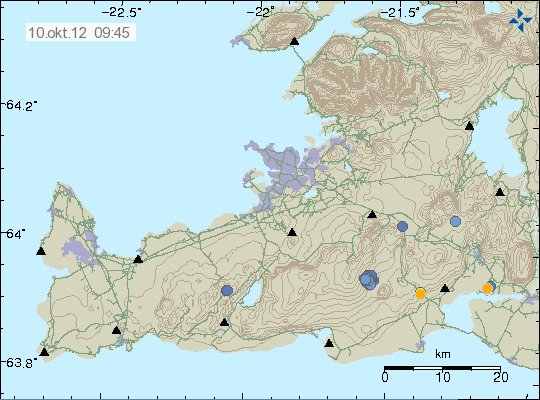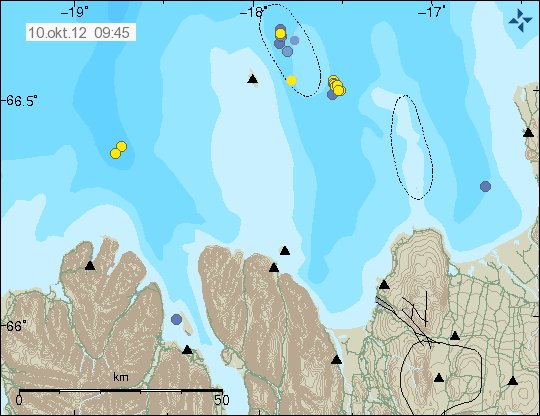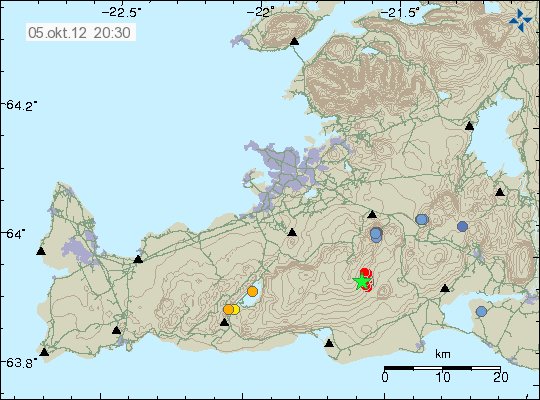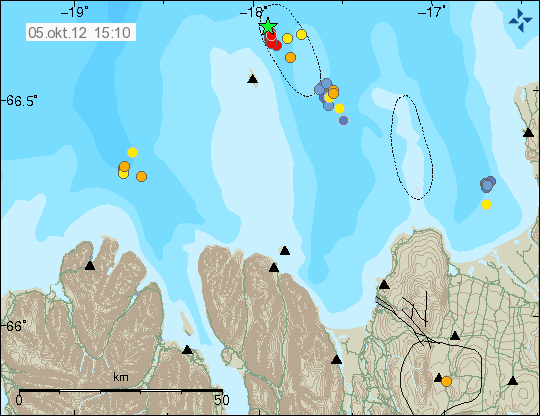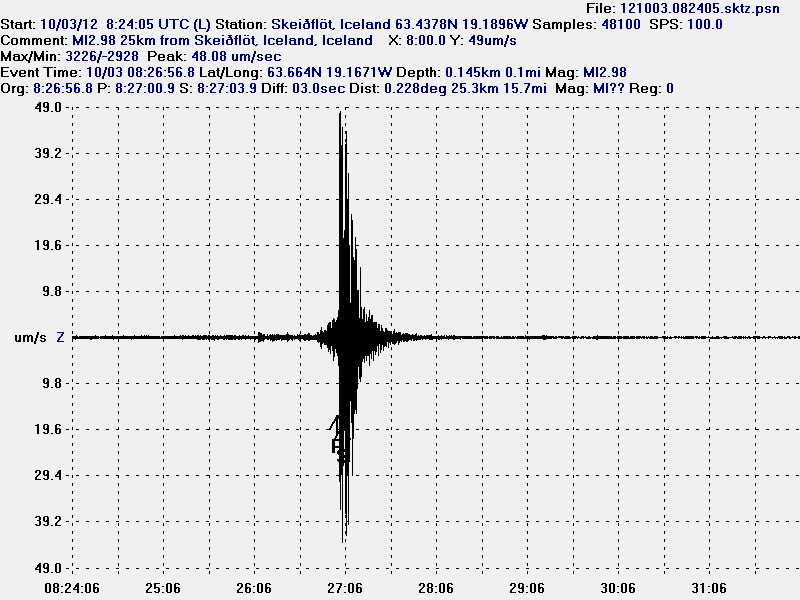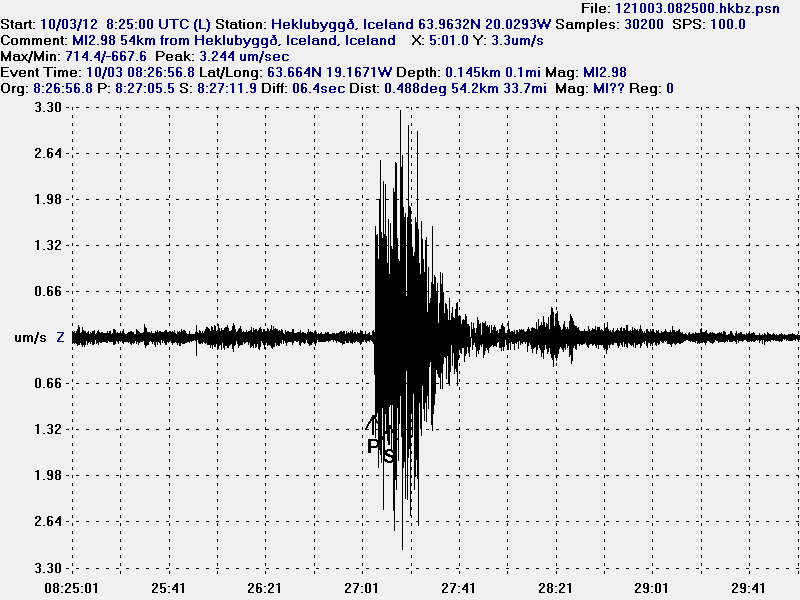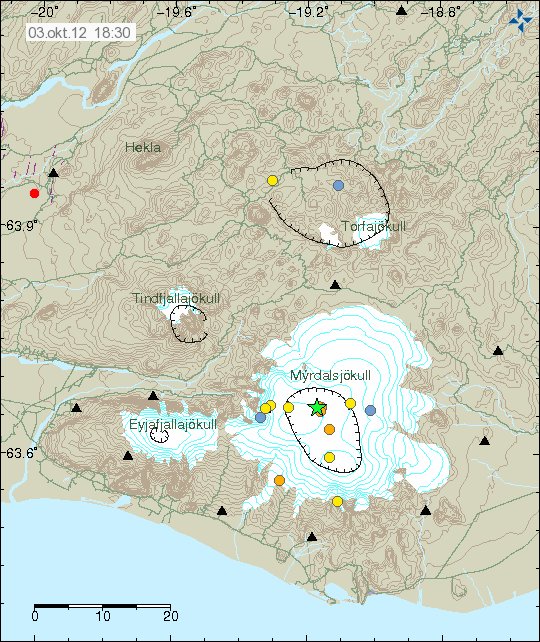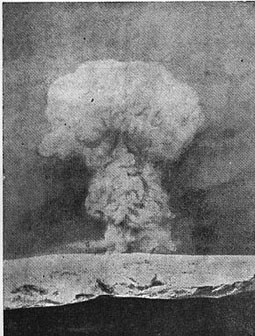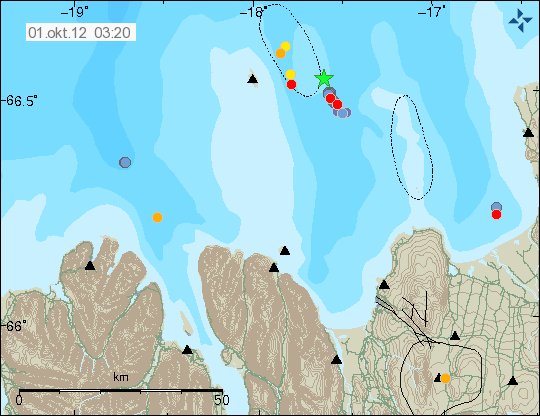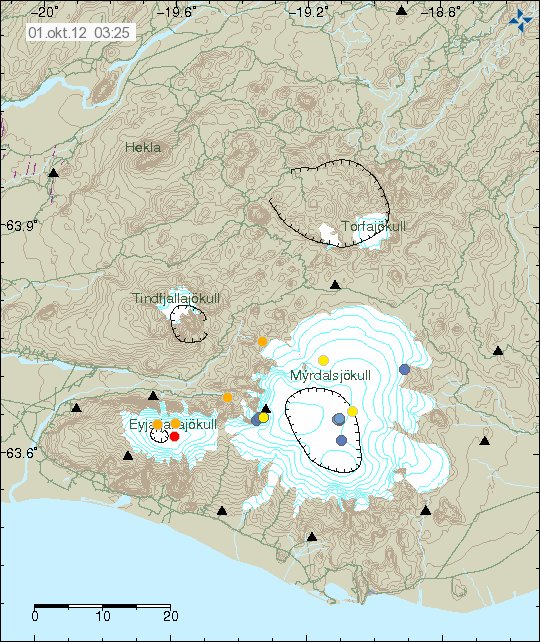I have closed down the Iceland volcano and earthquake forum. Nobody was using it and I don’t see any reason to keep it running when nobody had used it for a long time. It was just collecting spam bots. But thankfully not many spam posts. But that might have changed on short notice. After 2. October 2012 the domain volcanoforum.eu is going to point to this blog until it expires (in 2013 or 2014).
Changing the name of this blog (again)
I am going to change the name of this blog on the 1. October 2012. The reason is for simply-faction and broaden this blog subject range. Also after 1. October 2012 this blog is only going to cover events and geology in Iceland. I am not going to delete older blog post about activity in El Hierro, Sweden and Denmark. But they are going to be moved into there own sub-category. Where they can be found if anyone is looking. That way I can clean up the list of subjects on this blog. Without having to delete any blog post that I have written in the past. My coverage of earthquakes in Denmark are going to be moved over to my oldest blog. That can be found here. All earthquake related blog posts about Denmark are going to be in English on that blog.
The new name for this blog is Iceland geology blog. I am going to cover earthquakes, volcanoes, landslides, geological history and a lot more then what I have been doing for the past two years. This name is also simpler to remember then Iceland volcano and earthquake blog. So I think it is going to contribute to better success of this blog as an medium on the internet.
Two new blogs
I am moving all the Canary Island coverage to it’s own blog. That blog is called Canary Island geology blog. It is just going to cover geology events in Canary Islands. Earthquakes, landslides, cracks and such. I do not know how often I am going to update that blog. But I am going to update is as often as something interesting is happening in Canary Islands.
The link to the blog is http://www.jonfr.com/canary – Currently the link is inactive (the link works. But you just get a empty folder). But I am going to get it up and running in few hours.
The second blog that I am creating is called Falkland Island geology blog. Since I am going to move to Falklands Islands in about 10 years time. While there is no volcano or earthquake activity as such in the Falkland Islands. I am going to cover any major earthquake that happens close to the Falkland Islands. But Falkland Islands are located close to major fault lines that are close to Antarctica and South Georgia and the South Sandwich Islands.
I am not going to cover any event in Antarctica or South Georgia and the South Sandwich Islands as such. But I am going to cover any events that might have an effect in Falklands Islands. But as most of the earthquake activity happens some distance from Falklands Islands it is unavoidable that I am going to cover activity that is closer to the Antarctica and South Georgia and the South Sandwich Islands. This applies mostly when major earthquakes happens or an eruption sends ash cloud towards Falklands Islands. Earthquakes do happen close to Falklands Islands. With the magnitude up to Mw7.0 and larger. But they do not happen so often. Ash clouds often happen. As erupting volcanoes in Chile often push ash in the wind direction that takes ash cloud towards Falklands Islands. I do not know yet how often this happens. But it happens once in a while I think.
I am also going to cover fossils finds, general geology in Falklands Islands among other things. This new blog is going to be updated when something happens and when I have something new to tell about.
The link to the new blog is http://www.jonfr.com/falkland – Currently the link is inactive (the link works. But you just get a empty folder). But I am going to get it up and running in the next few hours.
My other blogs
I have two other blogs then this blog. My oldest blog can be found here. I blog both in Icelandic and English on that blog. I publish many things on it. Videos, Icelandic blogs, English blogs and more. I also have a blog called Spacewatch. I try to update that when I can. But in the future I hope to publish my own space pictures on it. But it is going to be a while until I can do that.
Other
I hope that people like the changes that I am doing now. But I have been thinking about this for the longest time now. But now is the time for action. Not just thinking.
Update 1: The blog Falkland Islands geology blog is now up and running. The blog Canary Islands geology blog is now up and running.
Blog post updated at 21:18 UTC on 30.09.2012.

